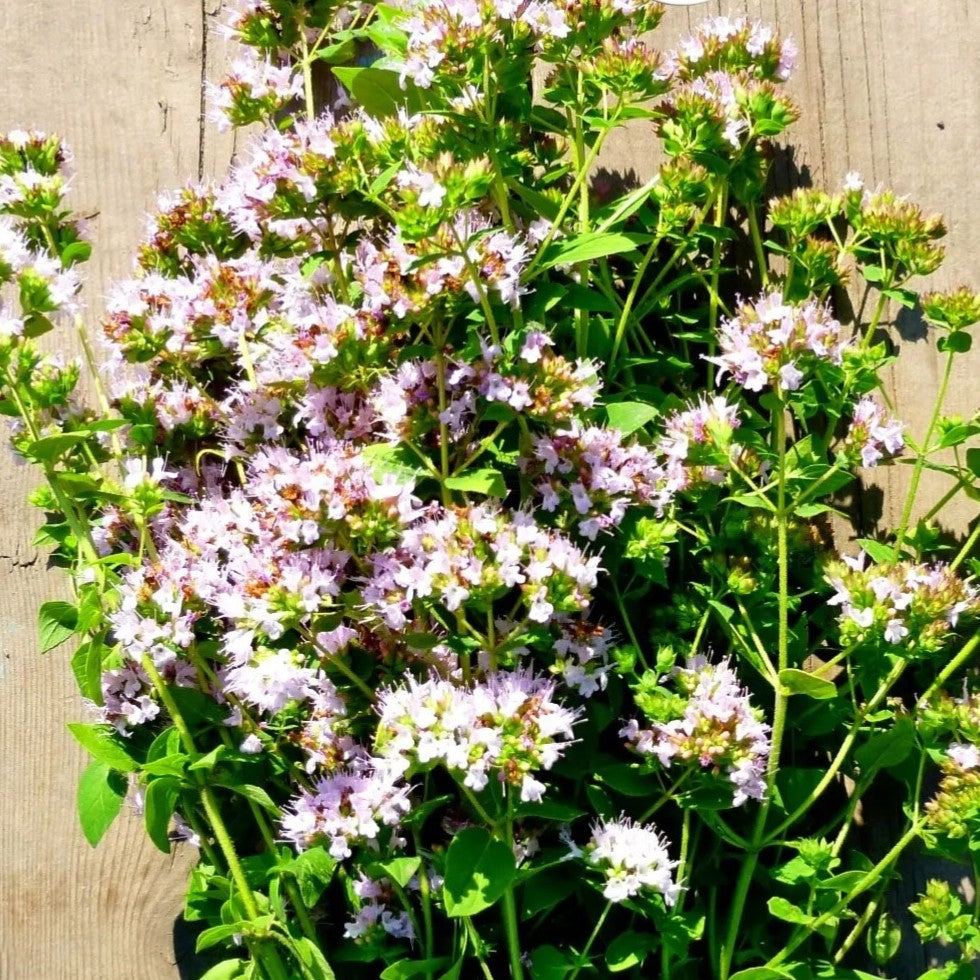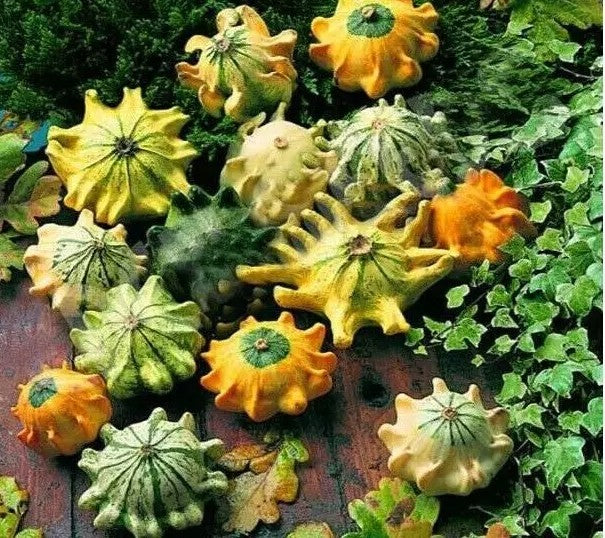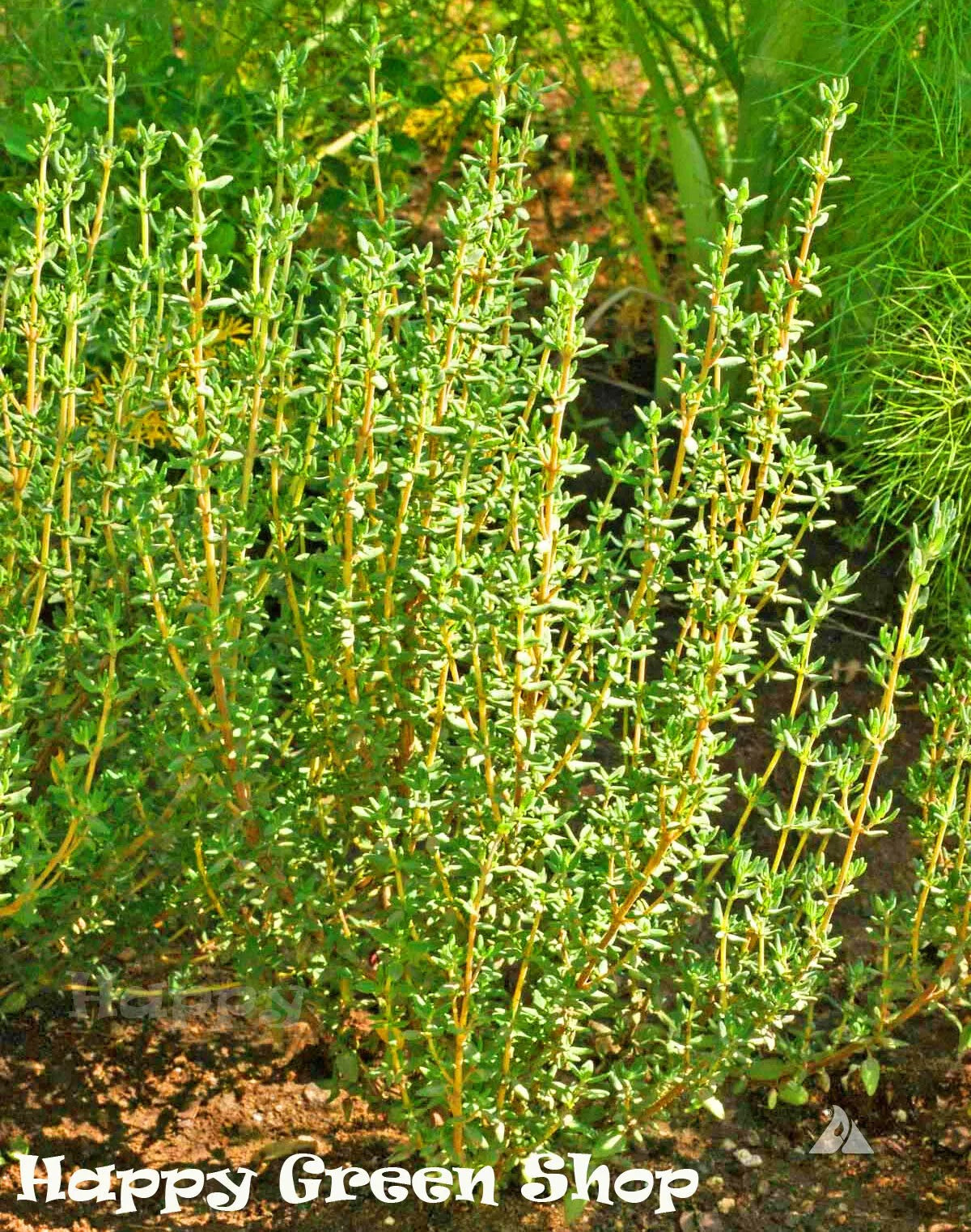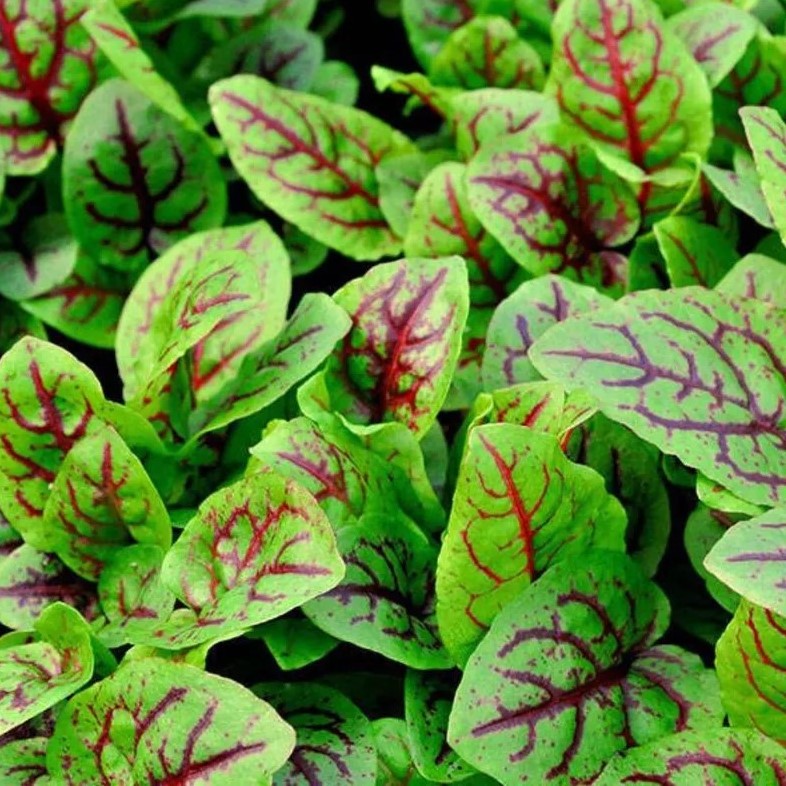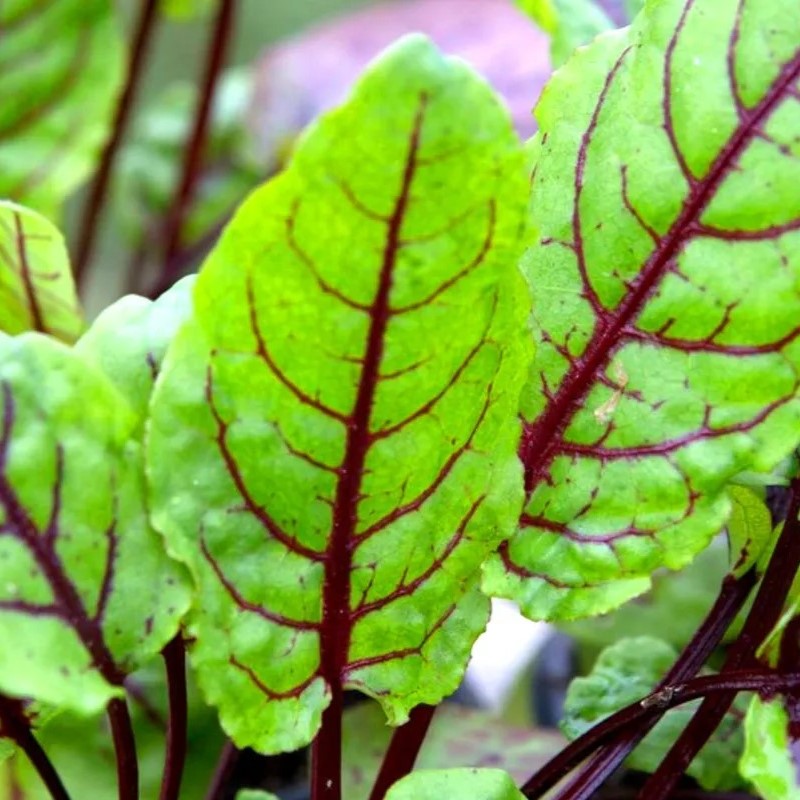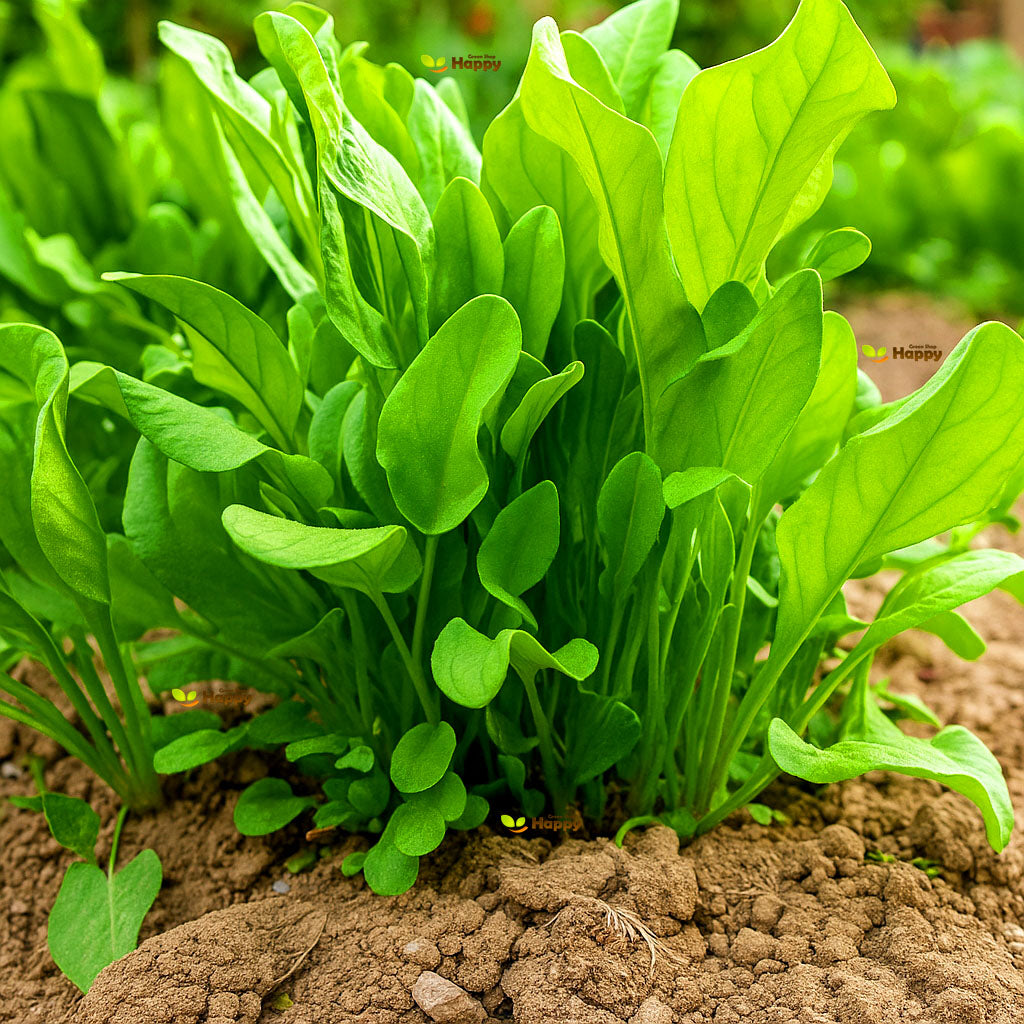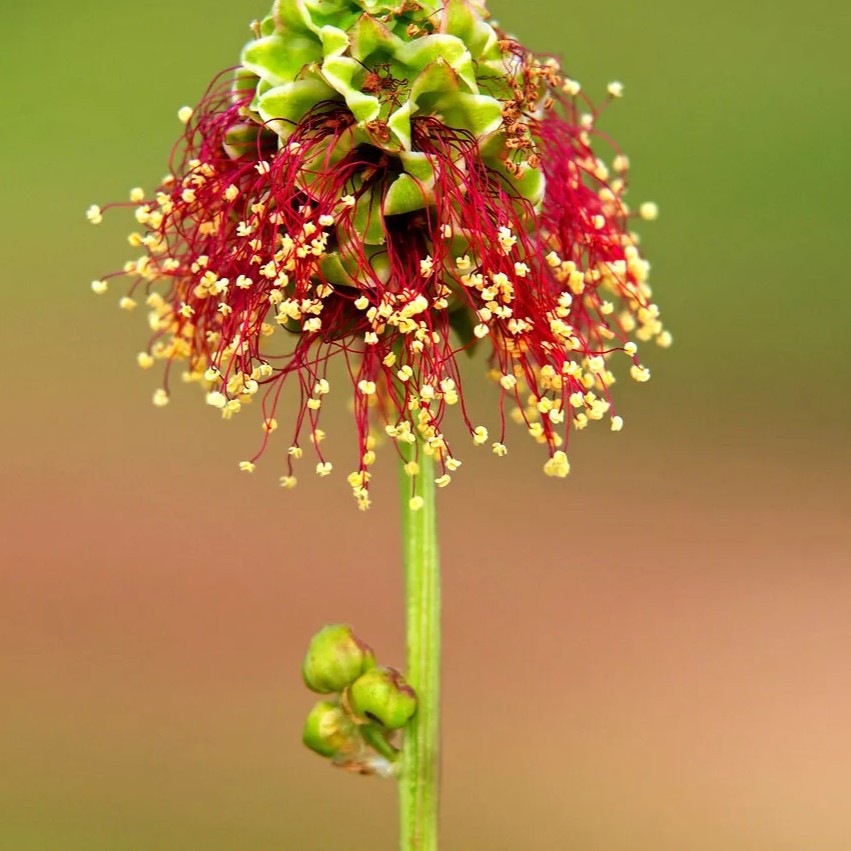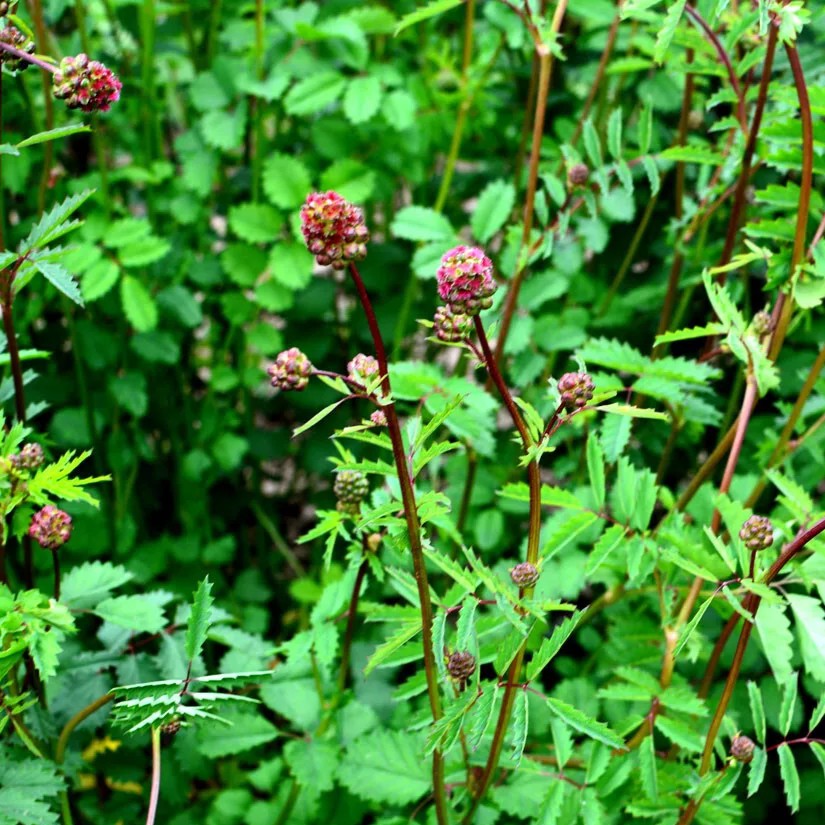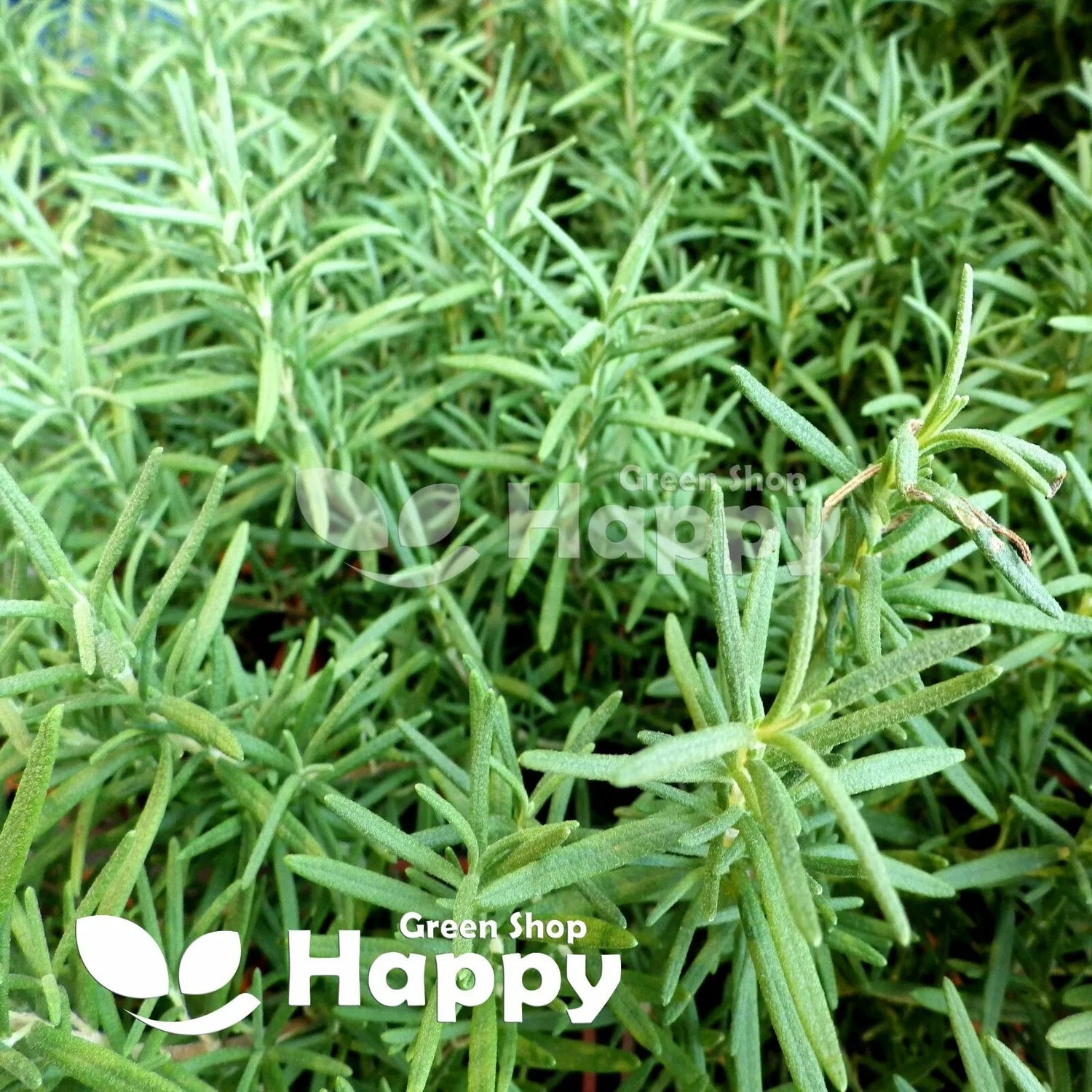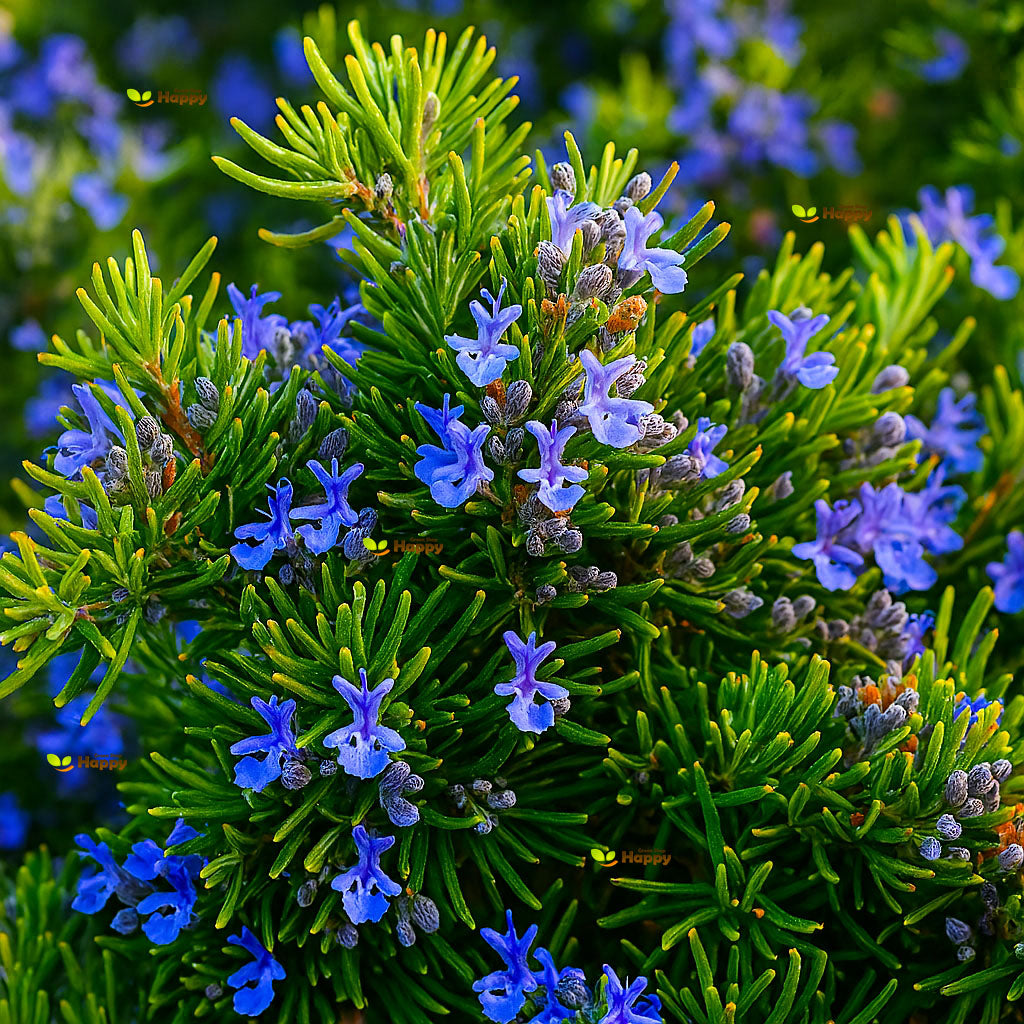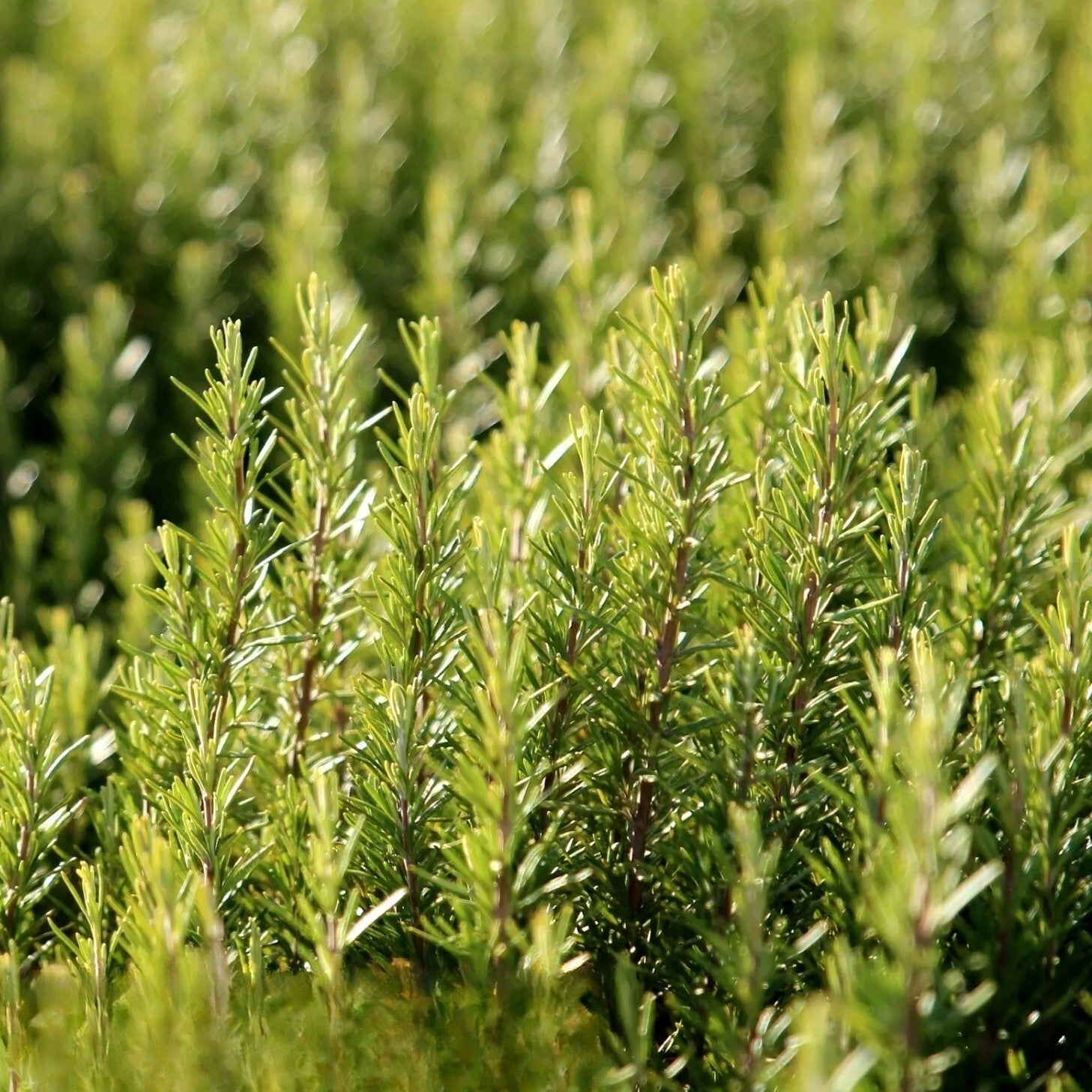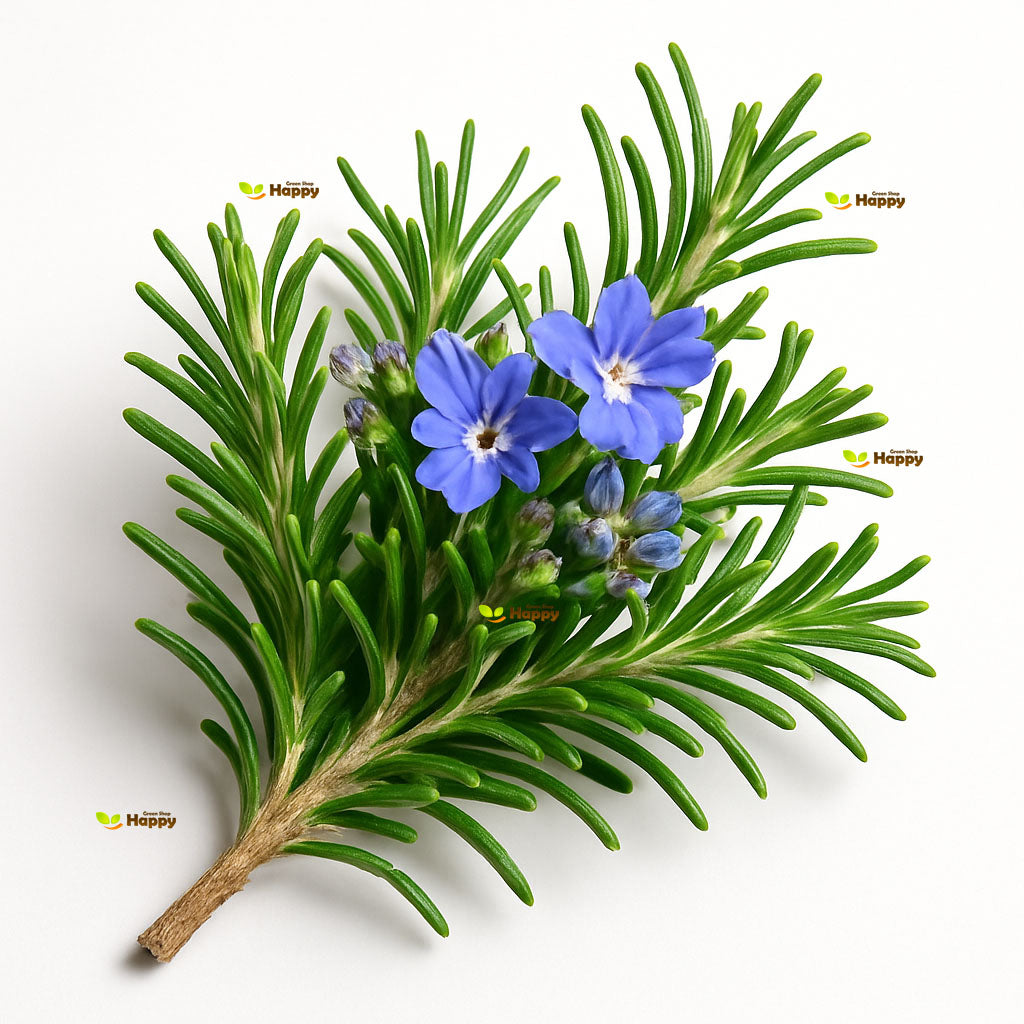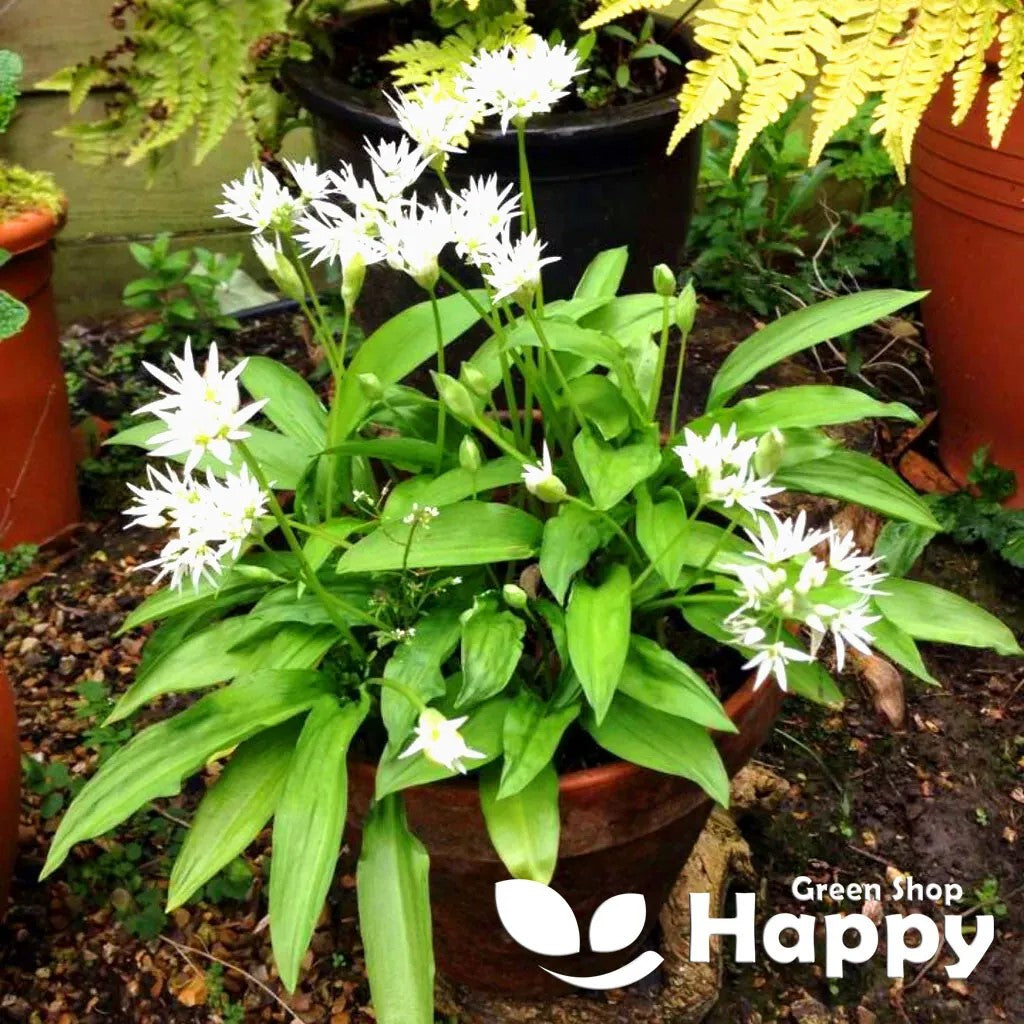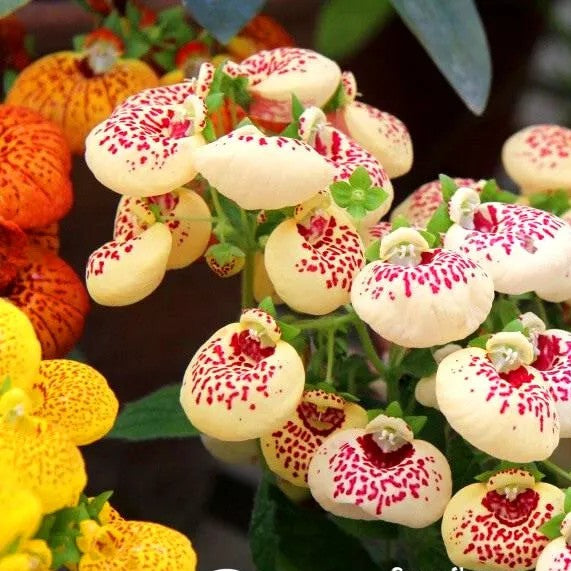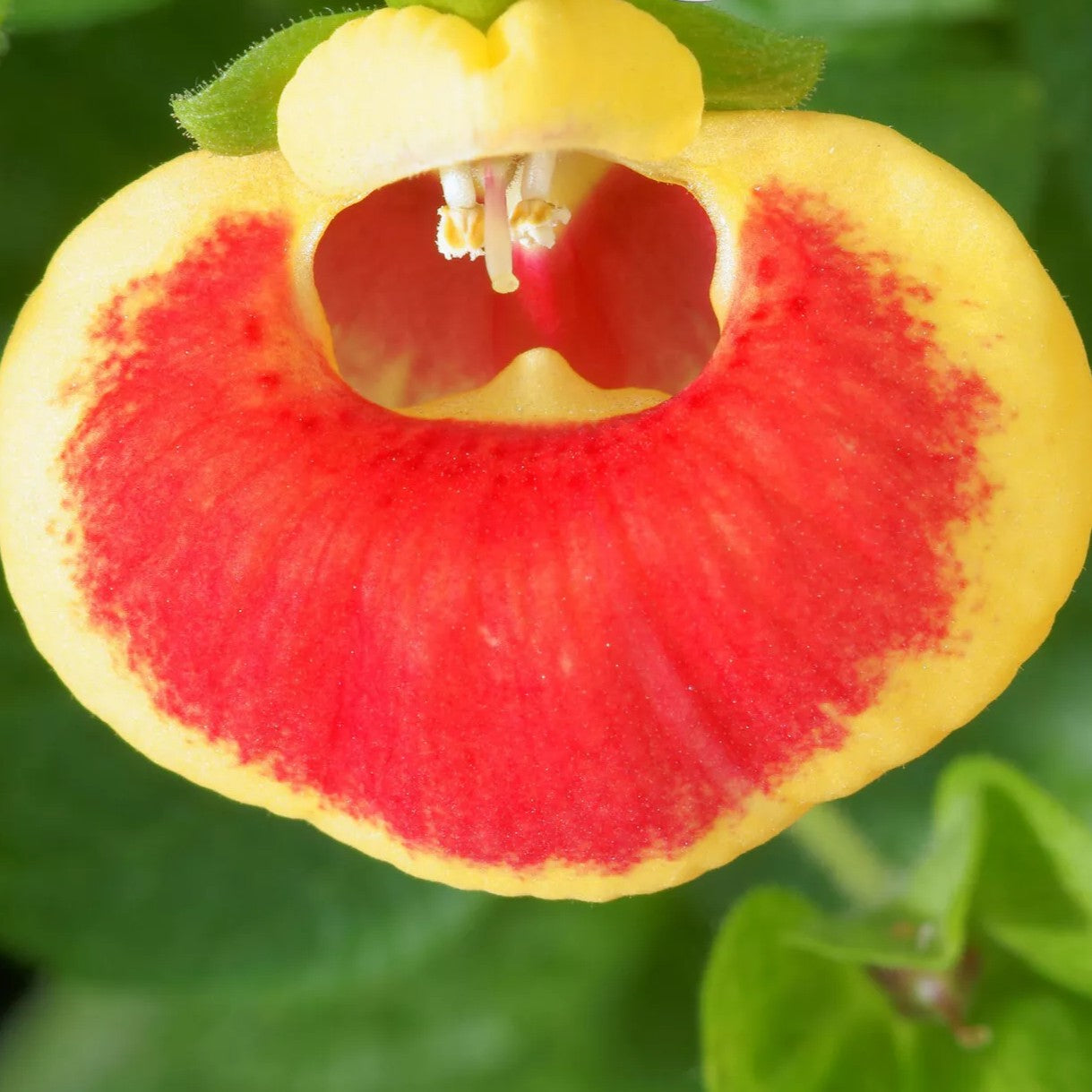Sort by:
68 products
68 products
Sorrel 'Bloody Dock' – Seeds (Rumex sanguineus)
Sorrel 'Bloody Dock' is a striking perennial herb known for its vibrant red-veined leaves and tangy, lemony flavor. Perfect for salads, soups, sauces, and garnishes, it adds both visual appeal and a refreshing zest to culinary creations.
Easy to grow and hardy, this variety thrives in garden beds, borders, or containers, providing both ornamental beauty and flavorful leaves throughout the growing season.
How to Grow
-
Sow outdoors: March – June
-
Plant spacing: 20–25 cm between plants
-
Position: Full sun to partial shade
-
Soil: Moist, fertile, well-drained soil
-
Care: Water regularly; remove older leaves to encourage new growth
Key Features
-
Perennial herb with striking red-veined leaves
-
Tangy, lemony flavor perfect for salads, soups, and sauces
-
Hardy and easy to grow
-
Suitable for garden beds, borders, or containers
-
Adds both ornamental and culinary value
Harvest
-
Harvesting period: 50–70 days after sowing
-
Pick young leaves regularly for the best flavor and tender texture.
Short Tip
Harvest leaves from the outer edges to encourage continuous growth and maintain vibrant color.
Sorrel 'Blonde de Lyon' Seeds (Rumex acetosa)
Brighten up your kitchen garden with Sorrel 'Blonde de Lyon', a traditional French variety producing tender, pale green leaves with a tangy, lemony flavor. Perfect for soups, sauces, salads, and omelets, this perennial herb grows quickly and provides harvests over a long season. Its sharp, refreshing taste makes it a gourmet favorite in classic French cuisine.
How to Grow
-
Sow indoors in early spring or directly outdoors once soil warms.
-
Prefers fertile, moist, well-drained soil in full sun or partial shade.
-
Sow 0.5–1 cm deep in rows 30–40 cm apart.
-
Thin seedlings to 20–25 cm apart for strong growth.
-
Harvest young leaves regularly to encourage new growth.
Key Features
-
French heirloom sorrel with pale green, tender leaves
-
Distinct lemony flavor, perfect for culinary use
-
Perennial, reliable harvest year after year
-
Early cropping and fast-growing
-
Excellent for soups, sauces, salads, and garnishes
Ideal For
-
Traditional French cooking
-
Adding zest to salads and omelets
-
Perennial herb gardens
-
Home cooks and gourmet gardeners
Sowing
-
Best time: Spring or early summer
-
Depth: 0.5–1 cm
-
Spacing: Thin to 20–25 cm, rows 30–40 cm apart
-
Prefers moist, fertile soil in sun or partial shade
Quick Tip
-
Cut back flowering stems to prolong leaf production and maintain flavor.
Salad Burnet – Seeds (Sanguisorba minor)
Salad Burnet is a hardy perennial herb known for its fresh, cucumber-like flavor. Its delicate, serrated leaves are perfect for adding to salads, dips, sauces, and refreshing summer drinks. An attractive, low-maintenance plant, it also makes a lovely edging herb for the garden.
This herb is drought-tolerant once established and can be harvested repeatedly throughout the growing season. A traditional herb with both culinary and ornamental value.
How to Grow
-
Sow indoors: March – April
-
Sow outdoors: April – June
-
Depth: 0.5 cm, lightly cover
-
Spacing: 25–30 cm between plants
-
Position: Full sun to partial shade
-
Soil: Well-drained, light to medium soil
-
Watering: Moderate; drought tolerant once mature
Key Features
-
Perennial herb with cucumber-like flavor
-
Ideal for salads, sauces, and refreshing drinks
-
Hardy, drought-tolerant, and low maintenance
-
Attractive edging plant for herb gardens
-
Repeated harvests throughout summer
Harvest
-
Harvesting period: May – October
-
Pick young, fresh leaves regularly for the best flavor.
Short Tip
Snip leaves just before use, as their delicate flavor is best enjoyed fresh.
Russian Tarragon – Seeds (Artemisia dracunculus)
Russian Tarragon is a hardy perennial herb valued for its anise-like flavor and aromatic leaves. While milder than French tarragon, it grows easily from seed, making it an excellent choice for gardeners who want a reliable and vigorous herb. Perfect for flavoring chicken, fish, salads, and sauces, it also makes a decorative addition to herb gardens with its fine, slender foliage.
How to Grow
-
Sow indoors: March – May in seed trays or pots.
-
Transplant outdoors: After last frost into a sunny, sheltered position.
-
Soil: Well-drained, light soil.
-
Spacing: 30–45 cm apart.
-
Water moderately, avoid waterlogging.
Key Features
-
Hardy perennial, easy to grow from seed
-
Aromatic leaves with mild anise flavor
-
Reliable alternative to French tarragon
-
Drought-tolerant once established
-
Attractive foliage for herb borders
Ideal For
-
Herb gardens and kitchen gardens
-
Flavoring chicken, fish, soups, and sauces
-
Growing in pots, raised beds, or borders
Sowing & Harvest
-
Sow: March – May
-
Harvest: July – October
Quick Tip
Pinch back growing tips to encourage bushy growth. For best flavor, harvest young leaves before flowering.
Roman Chamomile – Seeds
(Anthemis nobilis)
Roman Chamomile is a low-growing perennial herb with delicate, daisy-like white flowers and a sweet apple-like fragrance. Perfect for borders, rockeries, and herb gardens, it is valued for its calming and medicinal properties. Easy to grow and drought-tolerant, it also attracts pollinators, making it a versatile and attractive addition to any garden.
Why Grow Roman Chamomile?
-
Delicate white daisy-like flowers with a sweet fragrance
-
Calming and medicinal herb
-
Low-growing, spreading perennial
-
Attracts bees and butterflies
Key Features
-
Type: Perennial
-
Height: 15–20 cm
-
Flowers: Summer
-
Position: Full sun
-
Soil: Well-drained, moderately fertile
Ideal For
-
Herb gardens and medicinal plantings
-
Borders, rockeries, and groundcover
-
Pollinator-friendly gardens
-
Low-maintenance fragrant displays
Sowing & Growing
-
Sow indoors: February–April in seed trays
-
Sow outdoors: March–May in prepared soil
-
Germination: 14–21 days at 18–20°C
-
Spacing: 20–25 cm apart
-
Care: Moderate watering; trim after flowering to maintain shape
Rosemary – Seeds (Rosmarinus officinalis)
The classic Rosemary is a hardy, evergreen perennial herb valued for its aromatic needle-like leaves and unmistakable flavor. Loved in Mediterranean cooking, it adds depth to roasted meats, potatoes, bread, and sauces. Its strong fragrance also makes it a natural companion plant, helping deter pests in the garden.
Not only culinary, rosemary is also prized for its decorative qualities – perfect for herb gardens, containers, and borders. With its resilience and longevity, rosemary is a must-have for any kitchen garden.
How to Grow
-
Sow indoors: February – April in seed trays or pots
-
Transplant outdoors: After last frost in a sunny spot
-
Soil: Light, well-drained, sandy soil
-
Position: Full sun
-
Care: Water sparingly, avoid waterlogged soil, prune regularly for bushy growth
Key Features
-
Aromatic, evergreen perennial herb
-
Classic Mediterranean flavor for cooking
-
Hardy and drought-tolerant once established
-
Excellent for borders, pots, or herb gardens
-
Natural companion plant with pest-repelling properties
Sowing & Harvest
-
Sow: February – April
-
Harvest: All year once established
Ramsons Wild Garlic – Seeds (Allium ursinum)
Ramsons Wild Garlic is a hardy perennial herb prized for its aromatic, garlicky leaves. Perfect for adding fresh, vibrant flavor to salads, pestos, soups, and sauces, it is a versatile addition to any herb or woodland garden. Its delicate white flowers also provide ornamental interest and attract pollinators.
This low-maintenance plant thrives in shaded, moist areas and can naturalize over time, creating a fragrant ground cover in suitable conditions.
How to Grow
-
Sow indoors: January – March
-
Sow outdoors: March – May
-
Depth: 0.5–1 cm
-
Spacing: 20–25 cm between plants
-
Position: Partial to full shade, woodland-type environment
-
Soil: Moist, fertile, well-drained
-
Watering: Keep soil consistently moist, especially during dry spells
Key Features
-
Hardy perennial with aromatic, garlicky leaves
-
Ideal for salads, pestos, soups, and sauces
-
Attractive white flowers that attract pollinators
-
Low-maintenance, naturalizes well in shaded areas
-
Thrives in moist, fertile, well-drained soils
Harvest
-
Harvesting period: March – May
-
Pick young leaves before flowering for the best flavor.
Short Tip
Avoid harvesting all leaves at once; leave some for continued growth and flowering.
Pot Marigold Dwarf ‘Sunset Buff’ – Apricot – 1,000 Seeds (Calendula officinalis)
The Dwarf Pot Marigold ‘Sunset Buff’ is a charming, compact variety producing apricot-peach blooms with soft golden undertones. Its warm pastel shades bring a unique elegance to beds, borders, and cottage gardens. Easy to grow and long-flowering, this hardy annual is also edible, with petals traditionally used to decorate salads or for natural dye.
Highlights
-
Distinctive apricot–buff blooms with golden tones
-
Compact, dwarf habit – perfect for pots and borders
-
Long flowering season from early summer to autumn
-
Attracts pollinators and beneficial insects
-
Edible petals for salads and herbal uses
Key Features
-
Botanical Name: Calendula officinalis
-
Variety: Dwarf ‘Sunset Buff’ (Apricot)
-
Seed Count: 1,000 seeds per pack
-
Height/Spread: 25–30 cm tall, compact growth
-
Position: Full sun, well-drained soil
-
Flowering Period: June – October
Perfect For
-
Bedding, borders, and cottage gardens
-
Patio pots and containers
-
Pollinator-friendly gardens
-
Edible flower displays and herbal uses
Sowing Instructions
-
Sow outdoors March–May or August–September for overwintering
-
Sow directly into soil, lightly cover seeds
-
Germination: 7–14 days
-
Thin seedlings to 20–25 cm apart
-
Deadhead regularly for prolonged flowering
Pocketbook Plant Mix – Seeds (Calceolaria herbeohybrida)
Pocketbook Plant Mix (Calceolaria herbeohybrida) offers a delightful display of colorful, pouch-shaped flowers that brighten indoor and shaded garden spaces. This compact annual is ideal for pots, containers, and cool spots where vibrant, long-lasting blooms are desired. Perfect for adding whimsical color and charm to any collection.
Why Grow "Pocketbook Plant Mix"
-
Bright, pouch-shaped flowers in mixed colors
-
Compact, easy-to-grow annual
-
Ideal for containers, pots, and indoor displays
-
Long-lasting bloom period for summer and early autumn
Key Features
-
Type: Half-hardy annual (Calceolaria herbeohybrida)
-
Height: 20–30 cm
-
Flowering: Late spring to early autumn
-
Position: Partial shade, bright indirect light
-
Uses: Containers, pots, indoor displays, shaded borders
Ideal For
-
Patio and balcony containers
-
Indoor pots and decorative displays
-
Cool, partially shaded garden spots
-
Adding whimsical, long-lasting color
Sowing & Growing
-
Sow indoors: February–March in seed trays
-
Germination: 14–21 days at 18–20°C
-
Transplant seedlings into pots when large enough
-
Keep soil moist, avoid direct sun
-
Remove spent flowers to encourage more blooms
Showing 18/68



